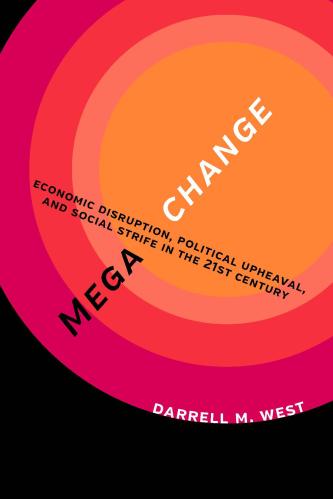One troubling sign of our deteriorating civic mood is the shocking breadth of support for secession in the United States. At a time of widespread polarization—where people are arguing over a supposedly stolen election, vaccine mandates, mask-wearing, and the reality of climate change—a September 2020 Hofstra University poll found that “nearly 40 percent of likely voters would support state secession if their candidate loses.” This was followed by a YouGov and Bright Line Watch survey last June that revealed that 37% of Americans supported a “willingness to secede” when asked: “Would you support or oppose [your state] seceding from the United States to join a new union with [list of states in new union]?” Support for doing this was highest in the South and among Republicans.
But liberals are interested, too. In a July 2021 University of Virginia poll, 41% of Biden supporters (as well as 52% of Trump voters) were at least somewhat in agreement with the idea “that it’s time to split the country, favoring blue/red states seceding from the union.”
In that survey, two very different groups were open to such an action: those living in conservative Southern states, who wanted to avoid liberal dictates from the national government, and people on the West Coast and Northeast, who favored enacting legislation favored by liberal voters.
If the inconceivable scenario of secession somehow came to fruition, it is an open question whether the United States would end up with two or many countries. Since political polarization plays out unevenly across the nation, one could imagine a situation similar to Europe where a number of separate entities would emerge, including a contingent of Southern states, the Northeast, the heartland, the West Coast, and rural parts of Oregon and Washington joining nearby states.
The result could be a patchwork of differing nations pursuing very different policies on a variety of issues. Whoever formed the majority in the particular areas would specify COVID-19 vaccine and mask rules, adopt or oppose gun control, allow or forbid abortion, raise or lower taxes, and expand or reduce the role of government in health policy. And if the Supreme Court overturns Roe v. Wade next year—as many legal experts expect—and abortion law is returned to the states, we will see a vivid illustration of how different states handle that contentious policy area.
In such a situation, it is hard to imagine what foreign or trade policy would look like. Would there be border controls between California and Nevada? Who would control the nuclear weapons stored on different bases around the country? Would there be import levies on Maine blueberries or Florida oranges sent outside their regions? Would each entity have its own treaties and international agreements? Would a cancer patient have to get a visa to be treated in one of the top hospitals in Massachusetts? How would water rights between California and neighboring states be handled?
And what about the enormous American military establishment? There are many bases around the country across the 8.8 million acres that the military administers, but a large number of installations are concentrated in the South, the Plains states, and Rocky Mountain areas. If America splits apart and each state controls the bases within their jurisdiction, the South would end up with the most troops and the largest number of military bases. That would have enormous consequences for foreign policy within North America and around the globe. The Northeast has relatively few military bases and therefore would be at a significant competitive disadvantage vis a vis the South.
In that situation, with whom would foreign allies and adversaries negotiate? Would they want to focus on the South, knowing of its strong military capabilities, or the Northeast and East Coast, where major financial institutions are headquartered? There could be conflicting incentives depending on whether military or financial interests were more consequential.
Recognizing the benefits of military force in a fragmented geopolitical environment, some leaders are moving to develop their own units. As an illustration, Florida Gov. Ron DeSantis proposed the creation of a “Florida State Guard” that he—not the Pentagon or the Florida National Guard—would control. His stated goal is to have “the flexibility and the ability needed to respond to events in our state in the most effective way possible.” He requested $3.5 million to establish this unit, which would have 200 civilian members.
Of course, the many unresolved questions and complex challenges mentioned above indicate that secession remains an unlikely scenario. (We also argue in a previous FixGov piece that—while worrying factors exist—there are existing geopolitical forces keeping the country unified and limiting the chance for widespread conflict.) Yet secession’s mere mention in public discourse reveals the dangers facing American democracy right now. The deeply rooted polarization that is fueling public mistrust of the “other side” is opening people to far-reaching possibilities that otherwise might not be considered; ideas once considered impossible may now fall within the realm of possibility.
Talk of radical solutions signals a deep discontent with the status quo and a willingness to consider “outside the box” actions. Extreme actions are moving into the mainstream in ways that are quite risky. During a time of megachange, we should not ignore these kinds of radical ideas. Rather than being outside the mainstream, such discussion may signal a future that varies widely from the recent past.






Commentary
How seriously should we take talk of US state secession?
December 13, 2021